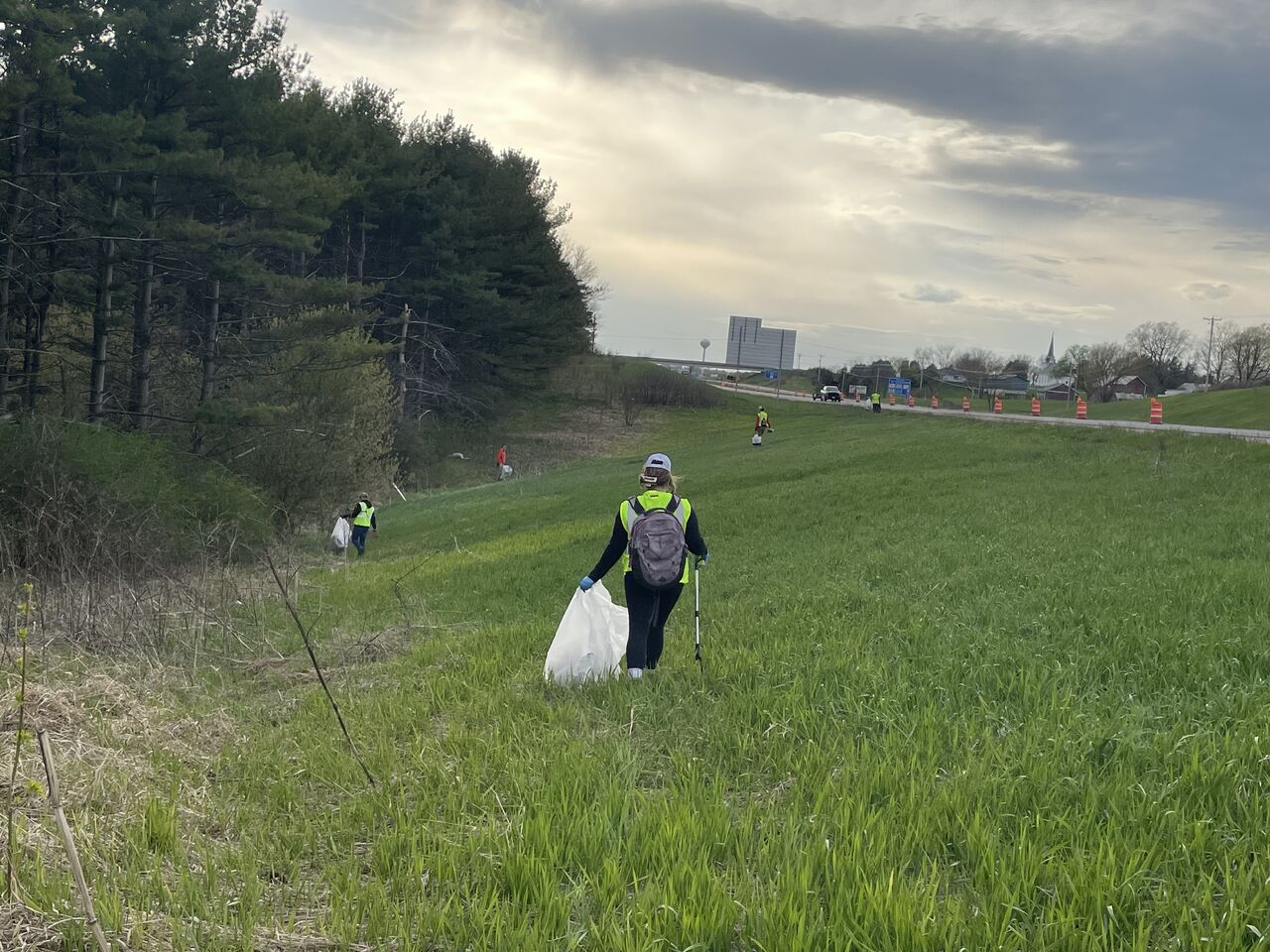Opioid overdoses are spiking amid the pandemic – PBMs can help combat opioid abuse and misuse
The opioid epidemic in the United States is a crippling crisis with devastating impacts on public health and economic welfare. According to the Centers for Disease Control and Prevention, in 2018, more than one in five people filled an opioid prescription, and 40 people died daily after taking prescription opioids.
Since the start of the pandemic, data shows a concerning spike in opioid mortality rates across the country, with 40 states reporting increases. With the heightened uncertainty brought on by a pandemic, patients are facing new emotional, financial and social stressors that contribute to a spike in opioid overdoses. The increased reports of opioid abuse and misuse can also be attributed to pandemic-related barriers to health care, such as limited access to treatment facilities, lack of coverage and high cost for non-opioid pain treatments, insufficient access to telehealth, and prolonged opioid dependency with postponed elective surgeries.
For employers, the opioid epidemic leads to a ripple effect of economic and health concerns. While total costs from opioid abuse and misuse are estimated at $78.5 billion annually, a large, self-insured employer could spend an additional $14,810 for each covered employee who abuses opioids.
Read more by clicking the link to the full article below.
Stay Informed and Connected
Receive expert insights, healthcare tips, and important updates on pharmacy benefits, drug recalls, and more—straight to your inbox.
Navigating with a trusted partner
Now Available: 9th Annual Drug Trend Report
Our Drug Trend Report provides a clear view of the trends shaping pharmacy benefits today, along with strategies that are delivering real savings without compromising care.








